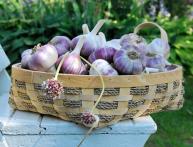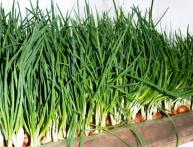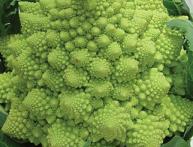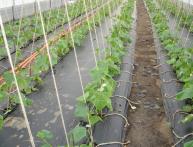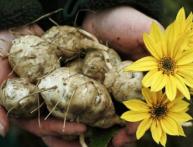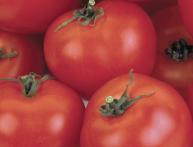What is Savoy cabbage like in the photo and composition?
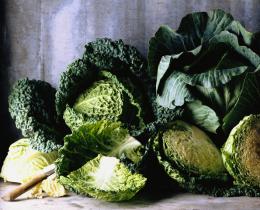
In appearance, the Savoy cabbage in the photo resembles white cabbage. It’s hard not to see that its size and leaf color are different. The heads of cabbage themselves are more loose, the leaves are very bubbly in texture - they are called corrugated.
Description – Savoy cabbage in the garden and on the table
The Mediterranean is the birthplace of the vegetable. Here, Savoy cabbage comes in a variety of varieties. Savoy cabbage is popular in Western Europe.
This is a biennial plant that cross-pollinates. In the first year, a spindle-shaped or cylindrical rather short, densely leafy stem grows. In the second year, inflorescence embryos appear. Let's list the differences:
- The leaves are vesicular;
- Color – different shades of green;
- There are rare varieties with pigmentation;
- There is a waxy coating;
- The shape of the heads varies;
- The color of the inflorescences is light yellow;
- The short pods are rarely smooth.
Savoy cabbage is popular among lovers of frost-resistant vegetation. Frosts for seedlings are acceptable down to -4...-5 °C. The southern regions grow it all year round. Drought resistant. Pests rarely settle on the plant.
Regular cabbage yields more and lasts longer. But it is grown in the same way. Seeds are sown in open ground, or seedlings are used.
In terms of nutrition, cabbage is inferior to broccoli and Brussels sprouts. Contains protein and iron, as well as potassium, carotene and a number of vitamins, including ascorbic acid.In food, Savoy cabbage will be more beneficial for older people. It also promotes the development of a young body. In recipes, the Savoy cabbage in the photo is found in a variety of dishes, including desserts.

